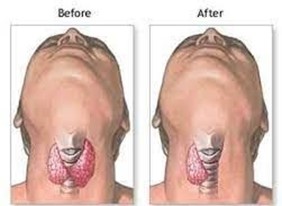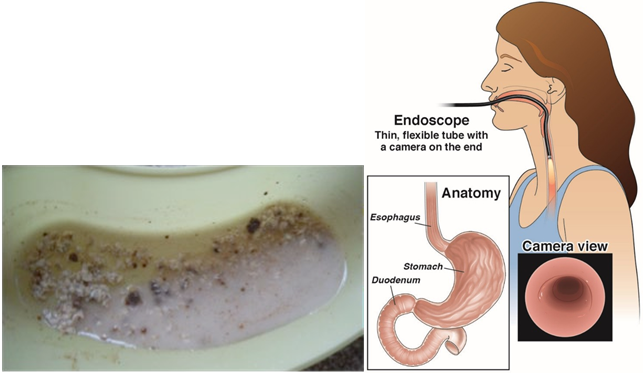What diagnostic test should the nurse anticipate for an older patient who is vomiting "coffee-ground" emesis?
Endoscopy
Barium studies
Angiography
Gastric analysis
The Correct Answer is A
"Coffee-ground" emesis is a term used to describe vomit that has the appearance of coffee grounds, which indicates that the vomit contains partially digested blood. This is a serious symptom that could be indicative of an upper gastrointestinal bleed. An endoscopy is a diagnostic test that allows healthcare providers to visually examine the upper gastrointestinal tract and identify the source of bleeding.
Barium studies and angiography are not typically used to diagnose upper gastrointestinal bleeds. Gastric analysis may be useful in other diagnostic situations, but it is not the most appropriate test for a patient with "coffee-ground" emesis.
Nursing Test Bank
Naxlex Comprehensive Predictor Exams
Related Questions
Correct Answer is B
Explanation
Since the patient's pre meal blood sugar is 311 mg/dL, according to the sliding scale, the patient requires 8 units of Humalog insulin. Therefore, the nurse should administer 8 units of Humalog insulin before the patient's meal. It is important to note that if the patient's blood glucose level is greater than 400 mg/dL, the nurse should call the MD instead of administering insulin. Keeping the patient NPO (nothing by mouth) is not necessary in this situation, as the patient is awake, alert, and able to swallow, and will require their meal for adequate nutrition. However, it is important to monitor the patient's blood glucose level after administering insulin and adjust the dosage if necessary.
Correct Answer is ["A","C","D"]
Explanation
The correct answers are a, c, and d. The client will need to take thyroid hormone replacement (levothyroxine) for the rest of her life since she had a total thyroidectomy. The dosage will need to be carefully monitored to ensure that it is correct, and laboratory tests will need to be done frequently to monitor thyroid hormone levels. Taking too much of the drug can cause hyperthyroidism symptoms, so it is important not to take more than prescribed. It is also important to check with a healthcare provider before taking any other medications or herbs, as they can interact with levothyroxine.
Answer b is incorrect because the client will need to take the drug for the rest of her life.

Whether you are a student looking to ace your exams or a practicing nurse seeking to enhance your expertise , our nursing education contents will empower you with the confidence and competence to make a difference in the lives of patients and become a respected leader in the healthcare field.
Visit Naxlex, invest in your future and unlock endless possibilities with our unparalleled nursing education contents today
Report Wrong Answer on the Current Question
Do you disagree with the answer? If yes, what is your expected answer? Explain.
Kindly be descriptive with the issue you are facing.

